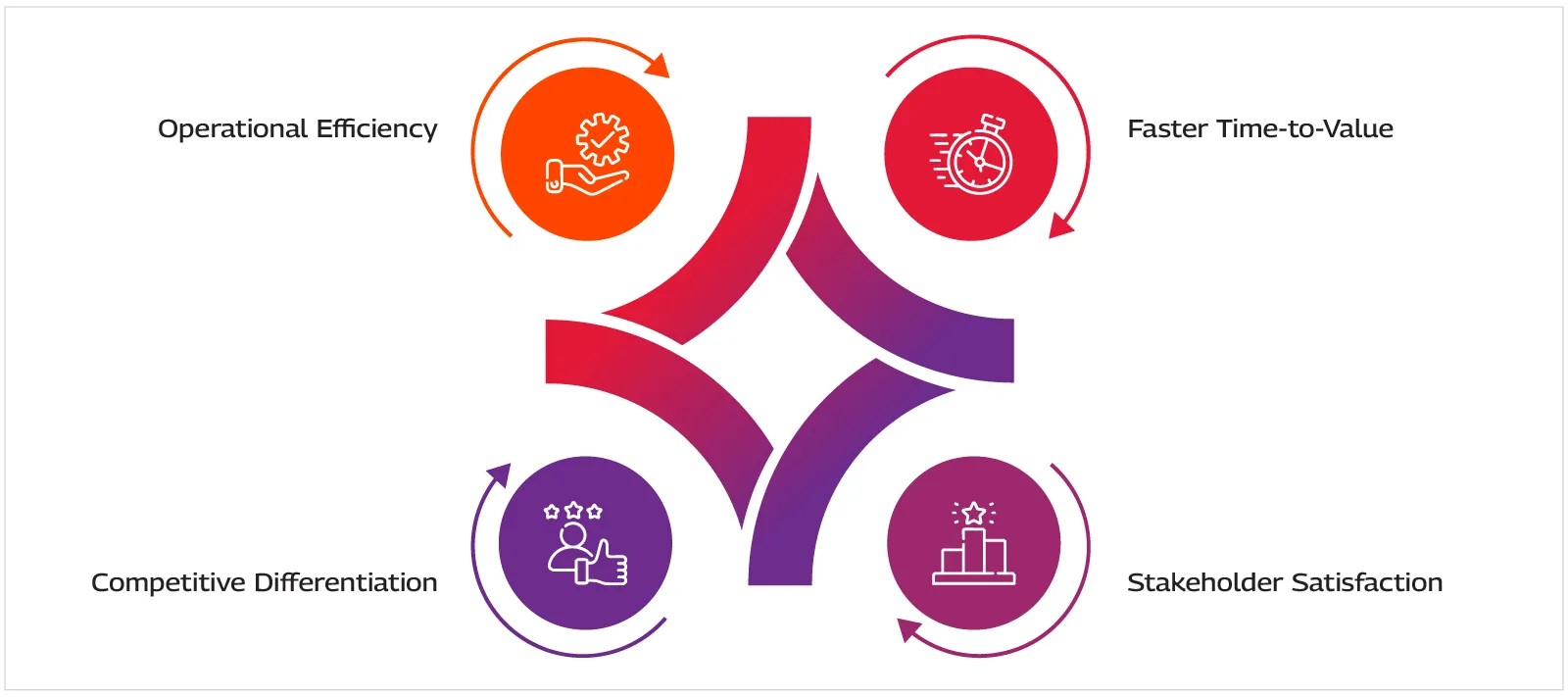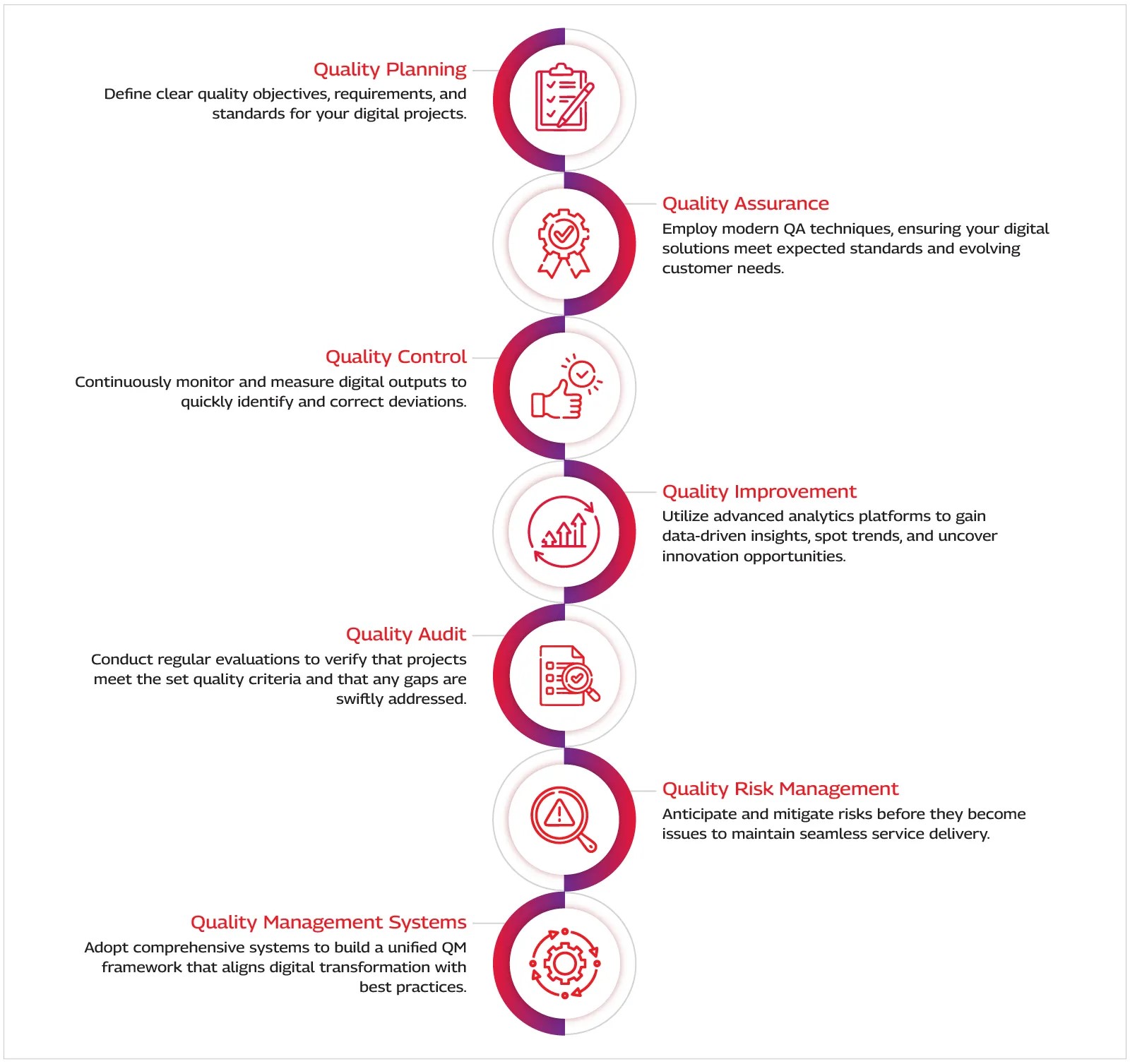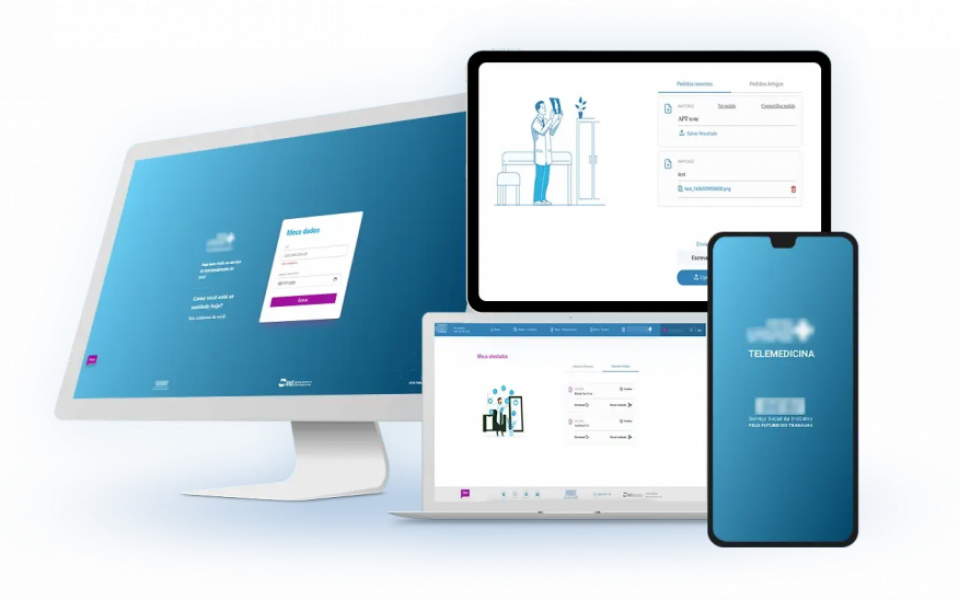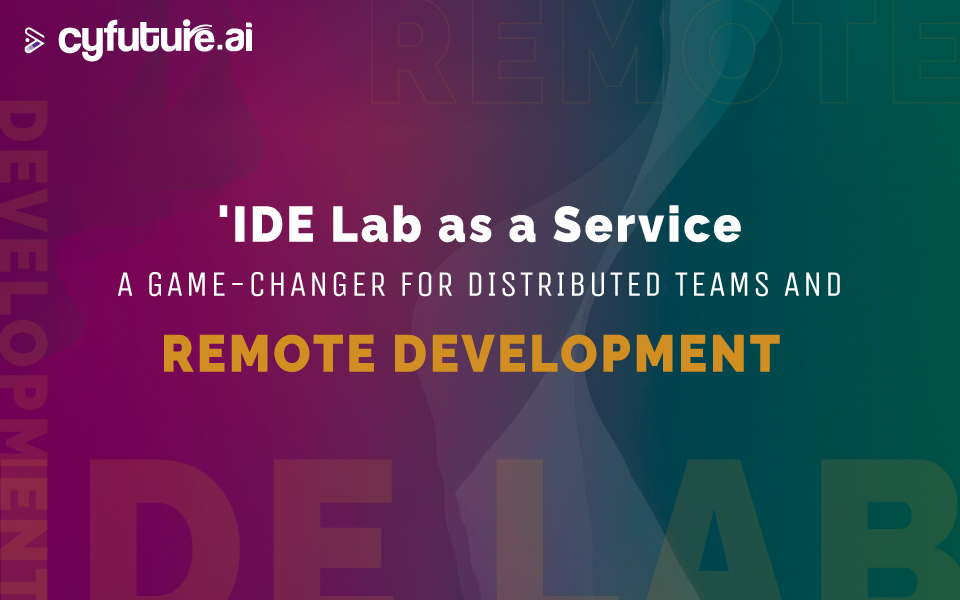Digital transformation presents boundless opportunities for innovation and growth. Yet, it often struggles to realize its full potential. In my experience, despite ambitious goals and substantial investments, many organizations struggle to unlock the full potential of digital initiatives because they overlook one critical factor: Quality Management (QM).
With the digital transformation market growing at a staggering 27.6% CAGR from 20241 to 2030—further accelerated by the COVID-19 pandemic—there’s never been a more pressing need to make processes efficient and costs predictable. While many organizations invest in cutting-edge digital capabilities, integrating quality processes strategically is what truly drives sustainable success.
In this article, I’ll share insights on how robust quality management can unlock innovation, enhance operational efficiency, and drive transformational success in today’s dynamic digital landscape. But first, let’s start with understanding the QM essentials that serve as the key pillars of digital transformation success.
The Cornerstones of Quality Management in Digital Transformation
Modern QM system builds on three foundational principles: customer focus, continuous improvement, and collaboration. While these principles aren't new, they take on new dimensions in digital contexts. Quality management in digital transformation requires organizational versatility. It must simultaneously maintain operational efficiency while supporting experimental initiatives.
Drawing on industry best practices and ISO 9001 standards2, I believe that successful quality management in digital transformation rests on several foundational pillars:

Why Quality Management Matters: Minimize Risks, Maximize Impact
QM is essential in digital transformation because it helps prevent the cascading challenges that arise when things go wrong. Imagine a scenario where a digital initiative is launched without a solid quality framework. Organizations that deprioritize quality often face rework cycles, delayed timelines, and rising infrastructure and remediation costs. These inefficiencies drive up the total cost of ownership and strain operations through bottlenecks and manual reconciliations. Left unchecked, even minor issues can escalate into legal or regulatory risks, especially in data security and privacy, eroding trust among investors and customers.
The image below illustrates how effective quality management acts as a catalyst across the digital value chain, enabling operational efficiency, faster delivery, and long-term strategic advantage.
How Quality Management Accelerates Value Across the Digital Transformation Lifecycle

The Value Chain of Quality Management in Digital Transformation
On a broader scale, the impact of bad quality extends to your organization’s competitive positioning. Without a quality framework that recognizes agility and reliability as the key differentiators, companies delivering consistently high-quality digital services win customer trust and loyalty over those hampered by errors and delays. It also leads to lower Net Promoter Scores and diminished brand equity. By prioritizing QM, we mitigate these risks and ensure digital initiatives deliver consistent, measurable business value and superior customer experiences. Let us further delve into QM's tangible benefits to digital transformation.
Harnessing the Benefits: Quality Management in Strategic Development
Managing quality in digital transformation is not just about safeguarding processes. It is a strategic accelerator that drives consistent, high-impact outcomes. A good QM framework will empower your digital transformation with:
- Predictable Delivery and Clear Roles: In complex sectors like telecom or BFSI, unclear responsibilities often lead to scope creep and missed deadlines. A structured quality framework ensures agile or cross-functional teams have aligned expectations, checkpoints, and ownership at every stage.
- Robust Performance Measurement and Early Issue Resolution: Digital initiatives, like ERP or CRM modernizations, often fail when issues are discovered late. With quality processes in place, teams can set up early validation gates and real-time dashboards to catch deviations before they impact users or business operations.
- Streamlined Development and Risk Mitigation: Rework, delays, and non-compliance issues often drive hidden costs in digital transformation. According to ASQ3, the cost of poor quality can range from 5% to 30% of gross sales, a compelling reason to integrate quality management early.
- Active Stakeholder Engagement and Empowerment: When launching enterprise portals or customer apps, involving business teams early in quality reviews improves usability and adoption. Quality management facilitates this engagement through structured feedback loops and joint testing phases.
- Culture of Continuous Learning and Innovation: Digital-native companies often embed quality metrics in daily standups, retros, and product reviews. This creates a feedback-rich environment where teams continuously optimize—not just fix defects but improve features and user outcomes over time.
These benefits improve how teams deliver, collaborate, and respond to change. But to see these results consistently, organizations must first address the common challenges that make quality management difficult to apply in practice.
Transforming Challenges into Best Practices for Quality and Delivery Excellence
Digital transformation often faces quality management challenges. Leadership misalignment and team resistance can slow progress and hinder new practices. Insufficient resources, including the need for advanced tools like IoT devices and high-speed networks, limit effective oversight. Conflicts between traditional quality standards and digital requirements create friction, while difficulties in measuring digital project outcomes complicate performance tracking. Integration with legacy systems, cybersecurity risks, and managing distributed teams further complicate maintaining high-quality standards in a dynamic environment.
To overcome these challenges and drive successful digital transformation, consider adopting these best practices:
- Strategic Alignment & Communication: Align your QM strategy with your digital transformation goals and communicate this vision across the organization. Clear roadmaps, guidelines, and timelines help ensure that every stakeholder, from leadership to team members, is on the same page.
- Customer-Centric, Lean, and Agile Approach: Design and deliver digital projects focusing on customer value. Adopt lean and agile methodologies to manage and execute projects efficiently and quickly adapt to market changes and emerging business needs.
- Leverage Technology & Data: Harness the power of advanced digital tools, such as IoT, AI, cloud platforms, and blockchain, to automate and optimize processes. Use robust data analytics, KPIs, and continuous feedback loops to drive innovation and make data-driven decisions.
- Develop Skills & Empower Your Workforce: Invest in training, workshops, and certifications to bridge the digital skills gap. Equip your teams with the necessary tools and support to ensure QM is a core component of your transformation strategy.
- Cultivate Collaboration, Accountability, and Continuous Improvement: Foster transparent relationships, define roles, and build a culture of trust to streamline digital initiatives. Recognize successes, establish regular feedback loops, and continuously refine practices to ensure sustained growth and rapid issue resolution..
Organizations can enhance quality management in digital transformation initiatives by addressing these challenges head-on and implementing these best practices. This will ensure predictable outcomes, operational efficiency, and a lasting competitive advantage.
Now, let’s explore the tools and techniques that empower these strategies, enabling us to drive quality excellence across every digital initiative.
Empowering Digital Transformation Tools & Techniques for Quality Management
A modern tech stack, aligned with your strategic business objectives, can transform quality management from a procedural task into a powerful competitive advantage. Integrating the right tools streamlines digital transformation initiatives and enhances the overall delivery experience. Here’s how you can harness these tools and techniques to drive quality excellence:
Tool & Techniques for Quality Management

Scale at Speed
As organizations pursue digital transformation, quality management serves as the foundation for successful initiatives. By embracing quality principles, leveraging appropriate tools and techniques, and following proven best practices, organizations can overcome transformation challenges and realize the full potential of their digital investments.
The organizations that will thrive in the digital future recognize that quality isn't a constraint on innovation but rather its enabler. By integrating quality management throughout the digital transformation lifecycle, forward-thinking companies deliver superior customer experiences, achieve operational excellence, and secure lasting competitive advantages.
Want to see how we ensure transformation success? Learn how we help clients Scale at Speed™.
References:
- By Type (Solution, Service), By Deployment (Hosted, On-premise), By Enterprise Size (SME, Large Enterprises), By End-use, By Region, And Segment Forecasts, 2025 - 2030
- ISO 9001: 2015. Quality management systems — Requirements
- American Society for Quality. (n.d.). Cost of Quality
About the Author
Tripti Arora, Vice President & Global Head - Quality, Tech Mahindra
Tripti Arora, Global Head of Quality at Tech Mahindra, brings 25+ years of experience from firms like Hitachi, Deloitte, Capgemini, and CSC. She excels in business process, quality and program excellence, driving strategic thinking, and organizational transformation. With expertise in Agile, CMMI, ISO, and Six Sigma, she has led transformations, audits, and trainings to foster a culture of quality.





































